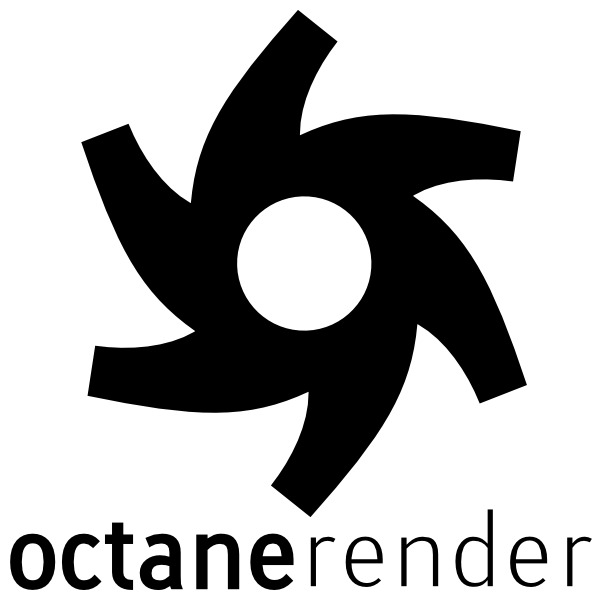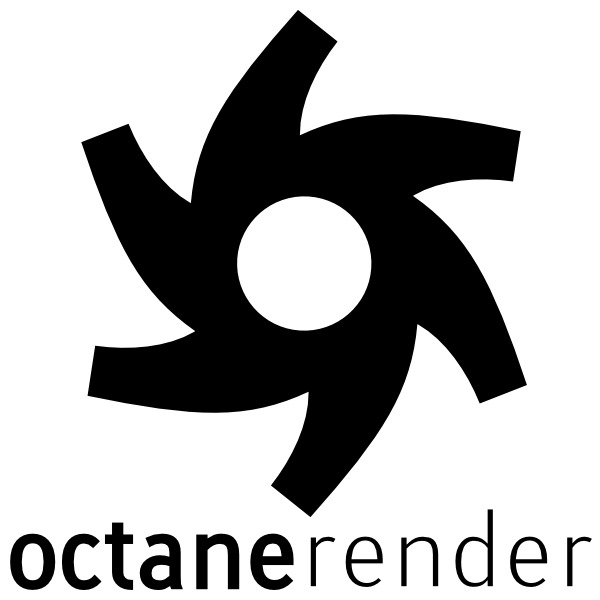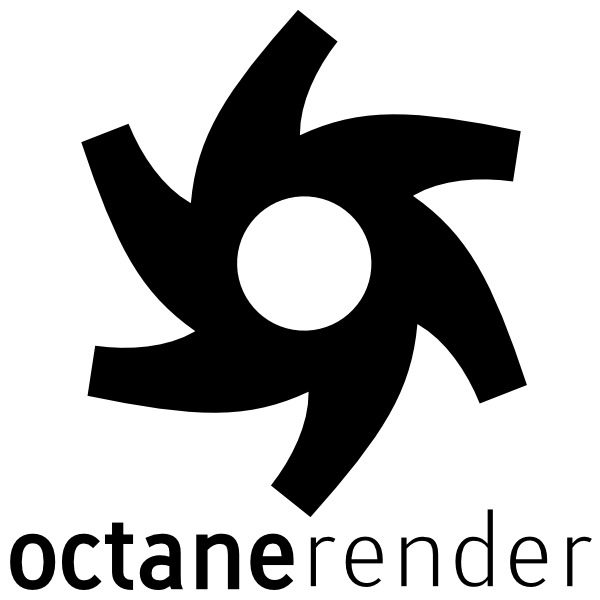We put several Quadro video cards to the test in Autodesk Inventor 2020.2, using Inventor Bench, to see if there is a benefit to having a higher performance GPU in this application.


We put several Quadro video cards to the test in Autodesk Inventor 2020.2, using Inventor Bench, to see if there is a benefit to having a higher performance GPU in this application.

We put several Quadro video cards to the test in Autodesk Revit 2020.2, using RFO Benchmark, to see if there is a benefit to having a higher performance GPU in this application.

With the recent release of SOLIDWORKS 2020’s first service pack, we thought it would be a good time to do a roundup of NVIDIA Quadro video card performance with regards to modeling in SOLIDWORKS.

One of the big advantages of GPU-based rendering is that you can easily put multiple video cards inside a single workstation. How much benefit does each additional card provide for V-Ray Next, though? We put four GeForce RTX 2080 Ti video cards to the test to find out!

Despite how popular SOLIDWORKS is, there is a lot of outdated and simply inaccurate information on the web regarding what video card you should use. This is especially true for SW 2019, because it adds a new mode that changes how the video card is utilized when displaying parts and assemblies. This feature is still in beta, and not yet ready for production use, but we rounded up the full Quadro RTX line of video cards to see how they perform at both 1080p and 4K resolutions.

OctaneRender is a GPU-based rendering engine, utilizing the CUDA programming language on NVIDIA-based graphics cards. The upcoming 2019 version is adding support for the dedicated ray-tracing hardware in NVIDIA’s RTX series of video cards, and a preview of the OctaneBench tool was released recently to show a sneak peek at what we can expect from this technology. We rounded up the whole GeForce RTX card line – along with the Titan RTX – to see how they compare to each other and how much of a boost RTX tech can provide.

OctaneRender is a GPU-based rendering engine, utilizing the CUDA programming language on NVIDIA-based graphics cards. The upcoming 2019 version is adding support for the dedicated ray-tracing hardware in NVIDIA’s RTX series of video cards, and a preview of the OctaneBench tool was released recently to show a sneak peek at what we can expect from this technology. We rounded up the whole Quadro RTX card line – along with the Titan RTX – to see how they compare to each other and how much of a boost RTX tech can provide.

Despite how popular SOLIDWORKS is, there is a lot of outdated and simply inaccurate information on the web regarding what video card you should use. This is especially true for SW 2019, because it adds a new mode that changes how the video card is utilized when displaying parts and assemblies. To see how this new mode affects GPU performance, I tested multiple graphics cards from the Quadro P and RTX series at both 1080p and 4K resolutions.

OctaneRender is a GPU-based rendering engine, utilizing the CUDA programming language on NVIDIA-based graphics cards. An update to their benchmark, OctaneBench 4.00, was recently released – so we gathered most of the current and recent GeForce and Titan series video cards and tested them to see how they perform in this version of OctaneRender.

Redshift is a GPU-based rendering engine, compatible with NVIDIA’s CUDA graphics programming language. We recently saw how GeForce RTX cards perform in this renderer, but now the Titan RTX is out with a staggering 24GB of memory onboard. That sounds great for rendering complex 3D scenes, but how does it actually perform? And are there any caveats?